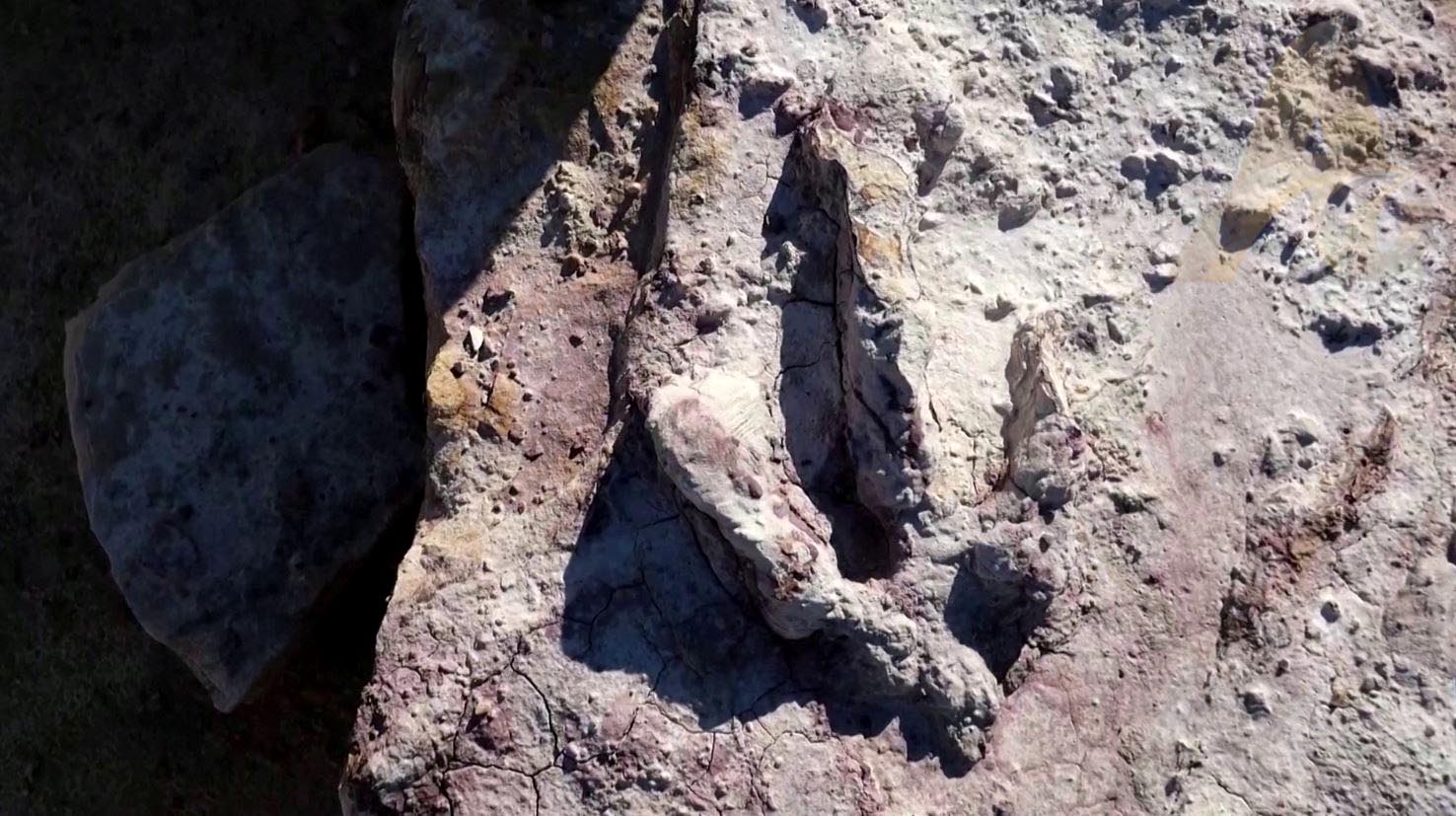INTERNATIONAL: Hundreds of dinosaur footprints, so well-preserved that even the scaly skin can be seen, have been found in Poland, giving an insight into a complex ecosystem around 200 million years ago. Described by the Polish Geological Institute-National Research Institute as a treasure trove, the fossilised tracks and bones were found in an opencast clay mine in Borkowice, 130 km (80 miles) south of Warsaw.
Geologist Grzegorz Pienkowski says, "Exactly in this place, we found that the blocks that were rejected (for use) the cornerstones, when thrown away become actual coal stones, because on these rejected blocks of sandstone, regarded as waste material, we found excellently-preserved dinosaur footprints."
He has added that the traces had been preserved thanks to dinosaurs walking on a dry surface millions of years ago that had been covered by layers of sand.
He says, "Those are natural castings, because the dinosaurs walked on a dry surface, thanks to which they were preserved. Sand barriers were layered over them, and the sand became with time a thick layer, which is why we see the footprints bulging out."
The largest footprints of carnivorous dinosaurs are 40 cm (15.7 inches) long and in many cases the skin can be seen in detail. Several hundred dinosaur tracks, representing at least seven species, have been found and geologists say they are likely to find more. They have also discovered bone fragments from animals and fish.























